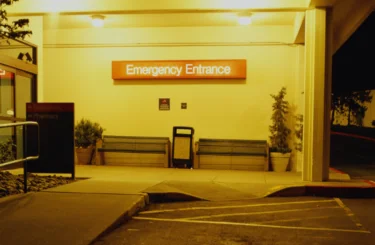Doctors May Have Much More Time to Save Stroke Patients
An estimated 750,000 people suffer a stroke in the United States each year, resulting in life-altering impairments or even death. Now, however, there is new evidence that doctors have more time than previously thought to reverse or limit the devastating damage from a stroke caused by blood clots in the brain.
Doctors Have 16 Hours to Remove Clots
A study released in January revealed that doctors may have up to 16 hours to take action and save brain cells from damage after an ischemic event. Previously, it was believed that window was only 6 hours, and many patients fell outside that limit by the time they saw a doctor. This was either because they delayed seeking medical attention for too long, or the exact time of the start of the stroke could not be determined. The latter situation is very common as strokes frequently happen at night while patients are asleep.
By expanding that treatment window by 10 hours, the study shows that doctors should not give up on stroke patients after just six hours have elapsed since the start of the attack.
Reacting to the study’s results, Dr. Walter J. Koroshetz, director of the National Institute of Neurological Disorders and Stroke, said “These striking results will have an immediate impact and save people from lifelong disability or death. I really cannot overstate the size of this effect.”
Assessment Essential to Determine If a Stroke Patient Is a Candidate
There are some limitations to the study’s findings. First, they only apply to strokes caused by clots in blood vessels in the brain. Those, however, make up 85 percent of all strokes.
Second, those strokes must be treatable through a procedure known as a thrombectomy, in which a mechanical device is used to pull clots out of a blood vessel.
Third, a patient must still have live brain tissue that can be saved if blood supply is restored. Specialized brain imaging is used to determine this. In the study, about half of patients screened during the 16-hour window were found to be candidates for a thrombectomy. Even so, that is still a significant increase in the number of patients who may now qualify for treatment than previously thought.
Doctors Have More Time to Recognize a Stroke, But Must Still Act Quickly
This study is good news for many stroke patients because emergency room doctors may have more time than previously thought to use procedures that will retain patient function or even save their lives.
However, this still means doctors must accurately and immediately identify the symptoms of a stroke in patients who present at the Emergency Room. Though they now have 16 hours to act, that window will close quickly, particularly since a brain imaging scan is required to assess whether or not the patient is a candidate for a thrombectomy.
Failure to Recognize a Stroke Is Grounds for Medical Malpractice Lawsuit
If an ER physician fails to recognize the symptoms of a stroke that leads to the patient’s disability or death, this could be grounds for a medical malpractice lawsuit. Doctors owe a duty of care to patients, and that includes recognizing quickly when a patient may be having an ischemic event.
The lawyers in the Sommers Schwartz Medical Malpractice Litigation Group have experience representing patients who suffer due to a doctor’s negligence, as well their families who are impacted as a result. If delayed diagnosis of a stroke has affected you or a loved one, please get in touch as soon as possible to discuss your situation.
Andy Dragovic
Andy Dragovic is a member of Sommers Schwartz's Personal Injury and Medical Malpractice Groups. His practice is 100% dedicated to helping victims get compensation for their injuries and losses.





